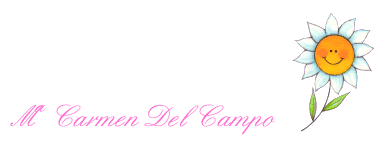The centrepiece of Ascot’s year, Royal Ascot is one of Europe's most famous race meetings, and dates back to 1711 when it was founded by Queen Anne. Every year Royal Ascot is attended by HM Elizabeth II and various members of the British Royal Family such as The Prince of Wales, arriving each day in a horse-drawn carriage with the Royal procession taking place at the start of each race day and the raising of the Queens royal Standard. It is a major event in the British social calendar, and press coverage of the attendees and what they are wearing often exceeds coverage of the actual racing. There are 3 enclosures attended by guests on Royal Ascot week.
The Dress is strictly enforced, for Ladies only a day dress with a hat or fascinator is acceptable with rules applying to the length of the dress and ladies must not show bare midriffs or shoulders. For gentlemen a black or grey morning dress with top hat.
Over 300,000 people make the annual visit to Berkshire during Royal Ascot week, making this Europe’s best-attended race meeting. This leads to a split among racing fans, some of whom are glad to see racing in the spotlight, and getting more attention, while others do not like the meeting despite the quality of racing.
There are 16 Group races on offer, with at least one Group One event on each of the five days. The Ascot Gold Cup is on Ladies' Day on the Thursday. There is over £3,000,000 of prize money on offer.










